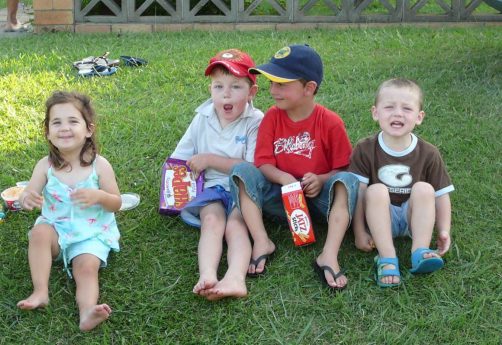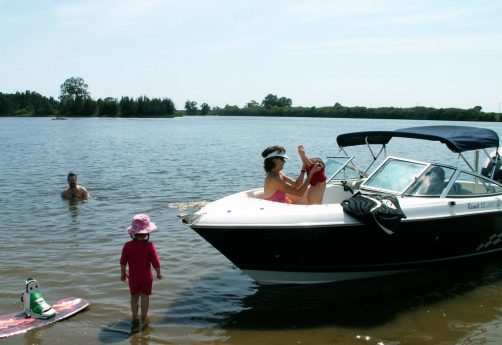
Book Review. “Helping Your Anxious Child: A Step-by-Step Guide for Parents.”
 In “Helping Your Anxious Child”, parents are provided with a step-by-step guide for compassionately assisting their children to overcome intense fears and worries, and relieve anxious feelings.
In “Helping Your Anxious Child”, parents are provided with a step-by-step guide for compassionately assisting their children to overcome intense fears and worries, and relieve anxious feelings.
Parents with anxious children take heart. Here is a down-to-earth, practical guide to help you and your child manage their anxiety. This book deals with various types of anxiety, phobias, and disorders, including: separation anxiety, social anxiety, generalised anxiety, obsessive-compulsive disorder, panic disorder and post-traumatic stress disorder.
“When children experience anxiety, they are likely to notice it affecting them in three ways. First, anxiety is experienced in the mental processes or thoughts that they have. Anxious children will have thoughts that centre around some type of danger or threat. For example, they may worry that they’ll be hurt, that someone close to them may be hurt, or that they’ll be laughed at. Second, anxiety is experienced physically in the body. When a child becomes anxious, his or her body becomes more “pumped up” or aroused. Researchers often refer to this as the fight-or-flight response because its purpose is to help protect people by preparing them to combat or escape potential danger. The fight-or-flight response includes changes such as rapid heart rate, increased breathing, sweating, and nausea. Therefore, when worried, anxious children may complain of stomachaches, headaches, vomiting, diarrhea, or tiredness. Third, and probably most importantly, anxiety affects children’s behaviour. When children are anxious they may freeze, fidget, pace, cry, cling, and shake. In addition, anxiety usually involves some type of avoidance.” p.20
In a compassionate and understanding tone, the authors highlight the difficulties involved in parenting an anxious child, and provide helpful tools for both parents and children. The chapter describing how to think realistically is of value to everyone – I have started using ‘detective thinking’ on a daily basis! In fact, the anxiety management exercises force parents to identify our own feelings and behaviours – so be prepared to be challenged and invited to change.
The program focusses on achieving buy-in from children, through the use of a worry scale and other child-friendly graphic resources to assist in recognising and naming their thoughts, feelings and reactions. Older children and teenagers are also catered for with easy to follow flow charts and tables. It then uses a system of ‘stepladders’ to gradually move children from fear based actions, to actions based on their ever-growing personal skills and resources.
This book is not promising a quick cure or magic pill; the authors suggest that the program will take two to four months. Time and effort is required to read and prepare for the weekly parent and child activities, as well as in the practice and repetition of the activities. However, the skills it teaches will help all involved for the rest of their lives.
The two things that really take this excellent book to the next level in usefulness and user-friendliness, are the complimentary downloadable “Helping Your Anxious Child Workbook”; and the real life case studies. They ensure the program is relatable and manageable. I also really appreciated the troubleshooting chapter, and how the authors skillfully draw on their years of experience of running this program, throughout the book. Obstacles and common setbacks are identified and their remedies explained. The authors are there encouraging you, every step of the way.
In summary, I have no hesitation in recommending this insightful and comprehensive book and program, to help you and your anxious child.
“We all have times that we get angry, anxious, or stressed when it really isn’t necessary. At these times, learning to think more realistically can help to make a difference” p.67.
Rapee, R.M., Wignall, A., Spence, S.H., Cobham, V., & Lyneham, H. (2008) Helping Your Anxious Child (2nd Ed) A Step-by-Step Guide for Parents. Centre for Emotional Health, Macquarie University: Sydney, Australia.
Lyneham, H.J., Wignall, A. & Rapee, R.M., (2008). Helping Your Anxious Child Children’s Workbook (2nd Ed). Centre for Emotional Health, Macquarie University: Sydney, Australia.


